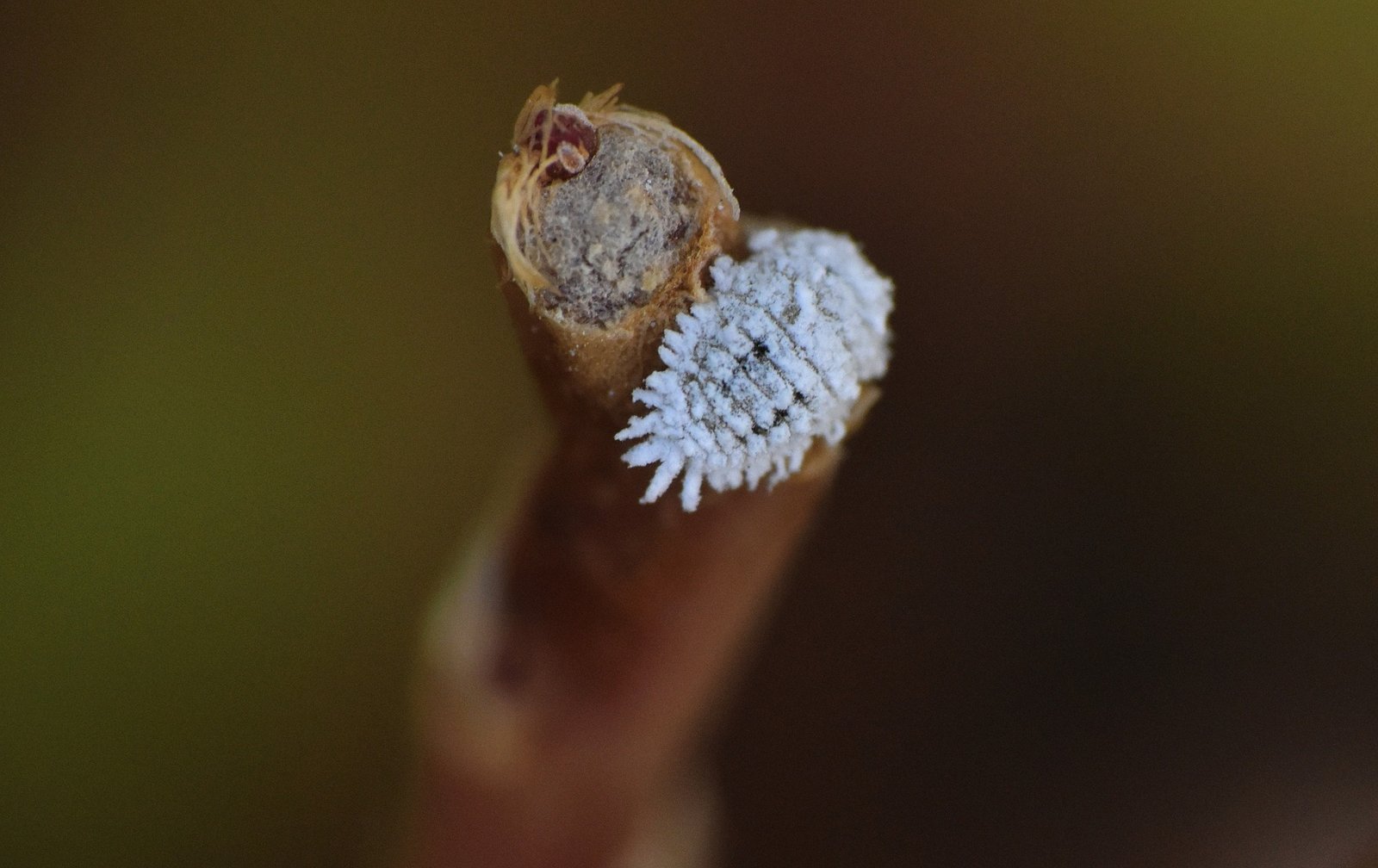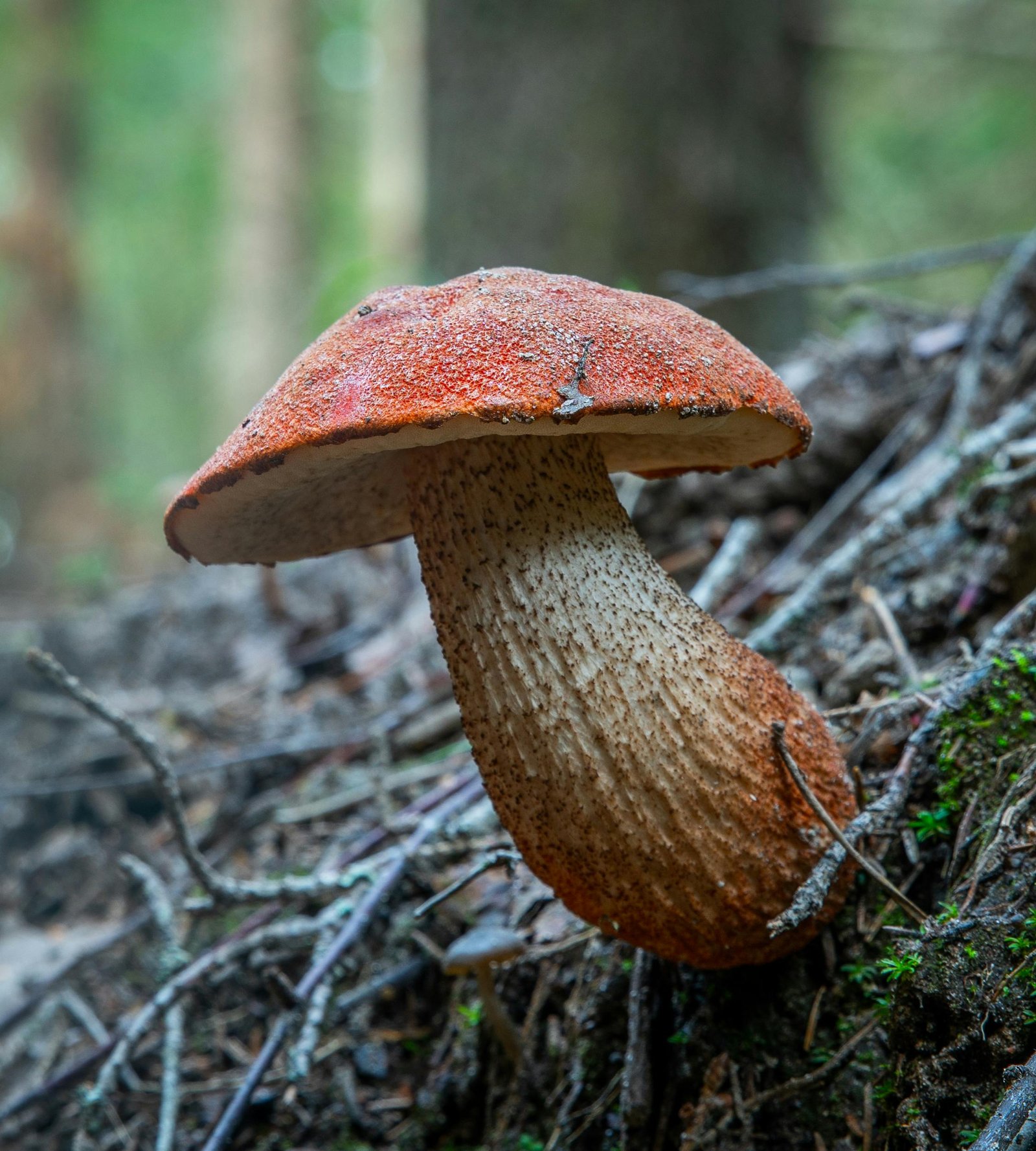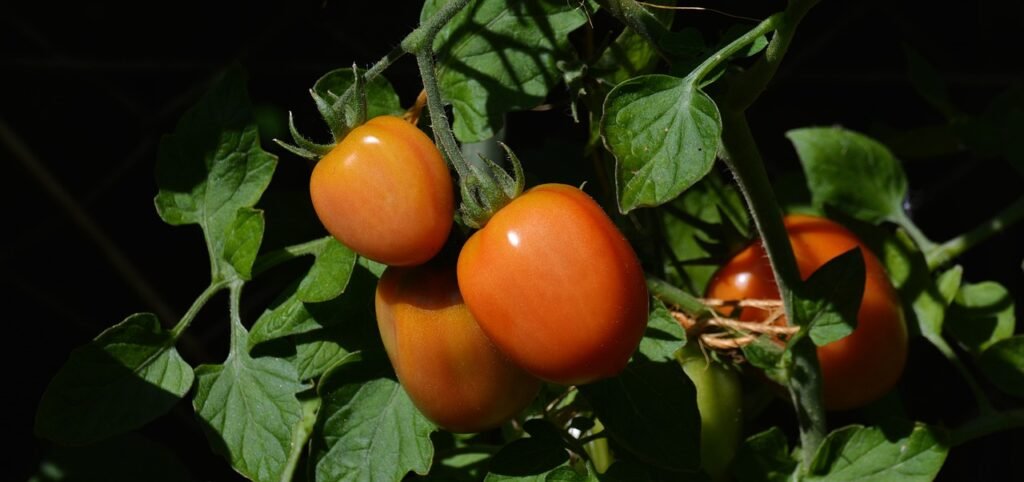
The Secret Invaders: Guarding Your Green Oasis Against Common Houseplant Buggies
Houseplant bees a sprinkle of vitality and a breath of fresh air in our indoor spaces! Yet, hiding in the shadows, a myriad of uninvited guests might be scheming to underhand the health and beauty of your green buddies. In this enlightening voyage, we going to uncover the seven most usual houseplant pests and arm you with knowing to make your leafy friends a fortress against these tiny invaders! Whether you are a seasoned plant parent or just kicking off your indoor garden, this guide is your shield and blade in the ever-present fight for your plant’s well-being.
Introduction: A Green Refuge Under Attack
Imagine, if you will, your peaceful indoor garden, Each plant, a tale, every leaf, a universe. Yet this serene kingdom is not out of reach of tiny marauders, each with its design on your botanical treasures. Out of the shadows, they come—stealthy, silent, and sneaky. But dread not, cause knowing is might. By learning about these pests and understanding how to fight them, you can guard your green oasis. Let us go on this trip together, arming ourselves with the gear and tactics needed to defend our green pals.
The Invaders: Spotting the Bad Guys

Aphids: The Sap Gulpers
Aphids are small, pear-like bugs that could be green, black, brown, or even pink! They last to clump on new growing or under leaves, feasting on plant sap and making their hosts weak.
How to Take Care of Aphids
Natural Predators: Make an entrance of ladybugs or lacewings into your garden as natural aphid fighters.
Spritzing: A blast of H2O or a concoction of water and a smidge of dish soap can budge aphids from your plants.

Spider Mites: The Invisible Threaders
These teensy pests, often too tiny to peep with the naked eye, knit delicate webs on the undersides of leaves, sucking the life juices out of your plants.
How to Tackle Spider Mites
Moistness: Amp up humidity around your plants, as spider mites dig dry conditions.
Neem Oil: Splash neem oil, a natural baddie, on infested spots.

Mealybugs: The Cotton Coated Foes
Looking like tiny bits of cotton, mealybugs sneak in leaf armpits and stem elbows, sapping the vigor from your indoor forest.
How to Wrestle Mealybugs
Alcohol Swipes: A dab of rubbing alcohol on mealybugs can effectively lower their numbers.
Isolation: Segregating infested plants to stop the spread of your other green stuff.

Fungus Gnats: The Dirt Dwellers
These small, dark flies buzz around houseplant dirt, laying their larvae, which munch on organic stuff and sometimes plant roots.
How to Stop Fungus Gnats
Soil Drying: Let the top layer of dirt dry out before adding water, as these pests thrive in moist vibes.
Sticky Boards: Yellow sticky catches can grab adult gnats, lessening their crowd.

Scale: The Armored Invaders
Scale critters appear as small, brown, shell-like lumps on plant stems and leaves. They stick tight to plants, sucking sap and making sticky honeydew.
How to Deal with Scale
Manual Removing: Gently spoon off-scale bugs with a soft brush or cloth.
Gardening Oil: Sling horticultural oil to smother the pests.

Thrips: The Sneaky Strippers
Thrips are teeny, slender bugs that scrape at plant cells, leaving silver or white trails on leaves.
How to Combat Thrips
Water Spray: A mighty jet of water can flip thrips off your plants.
Insect Soap: Regular splashing can help keep thrip crew on the low.

Whiteflies: The Airborne Nuisance
These small, winged bugs cluster under leaves, feasting on plant sap and leaving plants feeble and droopy.
How to Whack Whiteflies
Vacuum: Soft vacuuming-infested leaves can take off a notable number of whiteflies.
Shiny Mulch: Putting shiny mulch around plants can keep whiteflies from landing.
Conclusion: A Call to Weaponry
The skirmish for the healthiness of your houseplants is ongoing. With watchfulness, knowing, and the right strategies, you can shield your verdant mates from these common pests. Remember, the best defense is a great offense! Regularly eyeball your plants, keep their environment tidy and healthy, and be upfront in your pest control efforts. By doing so, you will make sure that your indoor garden stays a thriving, green sanctuary, resistant to the secret invaders lurking at its edges! Your plants rely on you—gear up well, and together, y’all grow stronger.
FAQS
In many cases, neem oils stand out as a versatile and effective option for controlling a wide range of pests without harming your plants.
A weekly inspection is a good practice but be sure to check more frequently if your plants have previously had pest issues.
While some remedies, like neem oil, are broadly effective, different pests may require a specific approach for best results. Always tailor your control method to the pest at hand.
Most chemical pesticides can be used safely on houseplants if applied according to the label direction, though some plants may be sensitive. Consider testing on a small area first.
Common sign includes unusual leaf drop, discoloration, or stickiness on the leaf, and, of course, visible pests on the plant.
Yes, the pest can easily spread between plants. Keeping infested plants isolated until they are pest-free is key to preventing spread.



